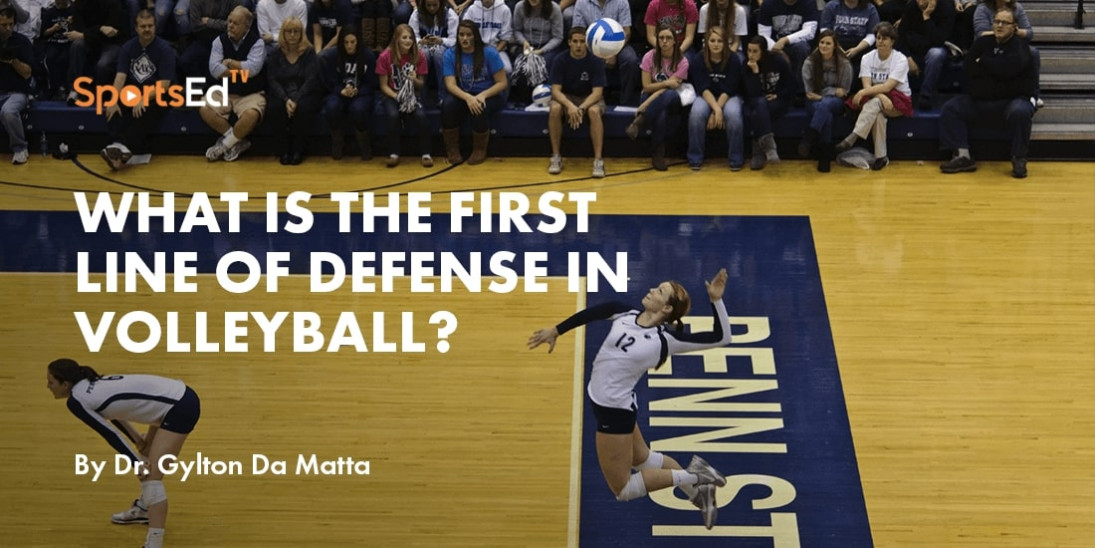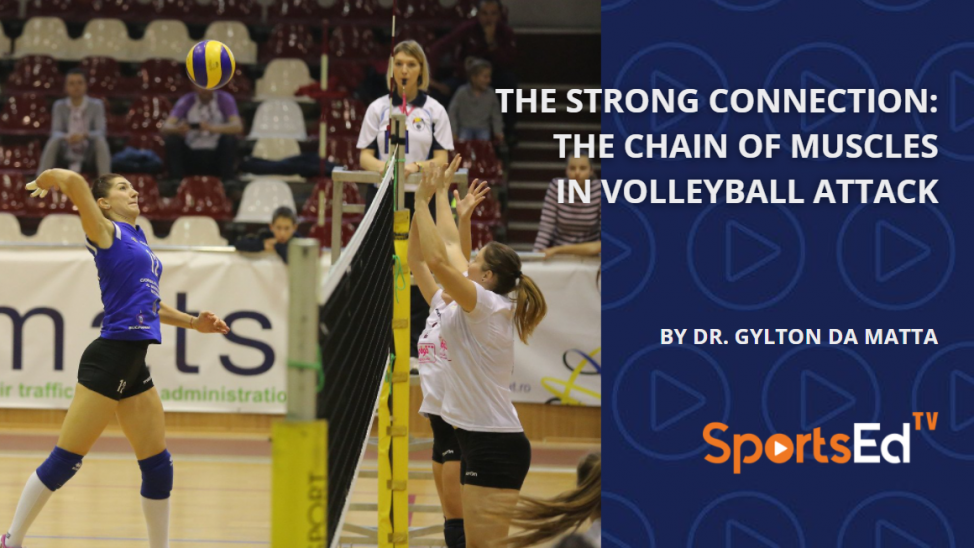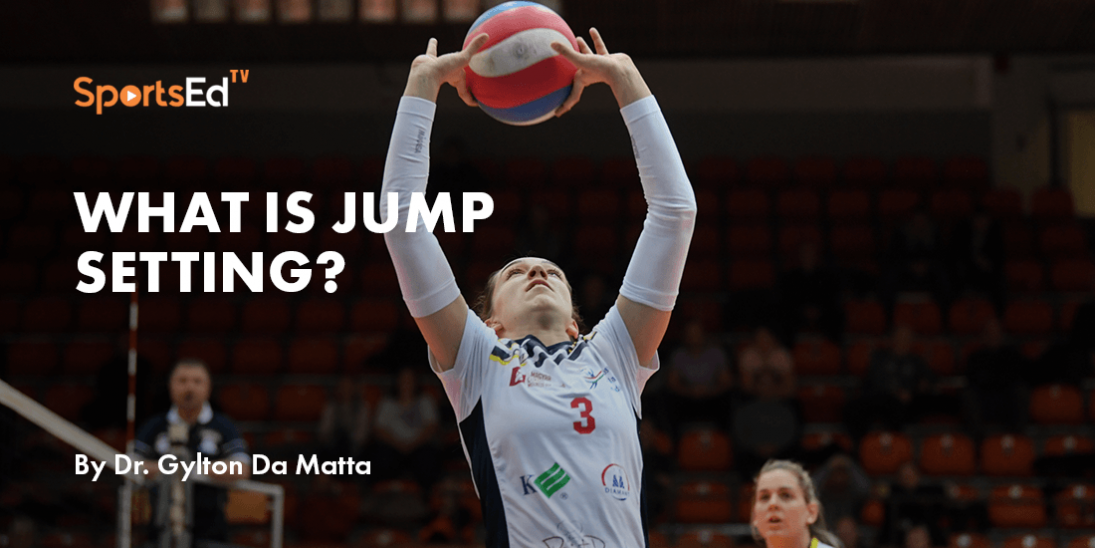Volleyball
Welcome and thanks for visiting...

What Is the First Line of Defense in Volleyball?

Sometimes the obvious is right in front of you, but the SportsEdTV audience has provided several frequently asked questions that are very intriguing, intelligent, and insightful.
So, what is the first line of defense in volleyball?
I will have to answer directly: The serve, the aggressive serve is the first line of defense! And, I would like to expand my answer by sharing the context in which I have experienced in Rio de Janeiro this past week.
In this past week, I have had the pleasure to have stayed with my friends Bernardo Rezende and Ricardo Tabach at the SESC-Rio/ Flamengo professional volleyball team that competes at the Super Liga A in Brazil. The SESC-Rio Flamengo practices at the beautiful Praia da Urca, at the Escola de Educacao Física do Exército Brasileiro, (EsEFEX), School of Physical Education of the Brazilian Army.

The level of play, the intensity in the gym, and the competitiveness of the Super Liga were amazing. To crown my seven-day visit with my friends, I watched a classic between SESC FLAMENGO vs FLUMINENSE F.C., in which I could see by myself how a decisive very aggressive serve becomes the first line of defense, facilitates blocking, and creates more opportunity for the defensive players to position themselves to dig a C-pass attack.

At the first set, Team Flamengo was serving poorly. Fluminense was able to pass several perfect passes (A pass) and the setter, masterfully, had no problem faking the blockers and delivering a fulminant sideout offense. Fluminense won the first set, quite quickly. Traditionally, the blocking would be considered the first line of defense.
However, with good passes, the setter was able to organize the offense in a way that, even with the presence of delayed blocks, hitters were getting kills like there were no blocks…the blockers (late, unbalanced, broken) were there but were not able to stop the fast offense.
The very intelligent audience would say: Did both teams warm-up well? Yes! Nevertheless, when Flamengo started serving diagonally deep at P1 and P5, Fluminense could not pass, and the game was decided with Flamengo winning 3 x 1.
At the collegiate level, the first line of defense is the blocking followed by the defense that positions around the blockers. It is impressive to understand that the complex system II, also called K II (service, blocking, defense, and counterattack) represents a critical defensive concept. Coaches must address the tactics of a team by emphasizing the complex I (pass, set, spike) also called K I or the sideout phase. Because this tactical performance will create a situation that is easier to block, and it breaks the opponent’s offense. Therefore, it is all connected.
In sum, at the highest level, the K I, or the performance of the team through the sideout phase represents the first line of defense, conceptually. But, at the collegiate and high school levels, blocking is considered the first line of defense. Think of the defense as a conceptual system that is interconnected from the complex I phase and impacts the complex II.




